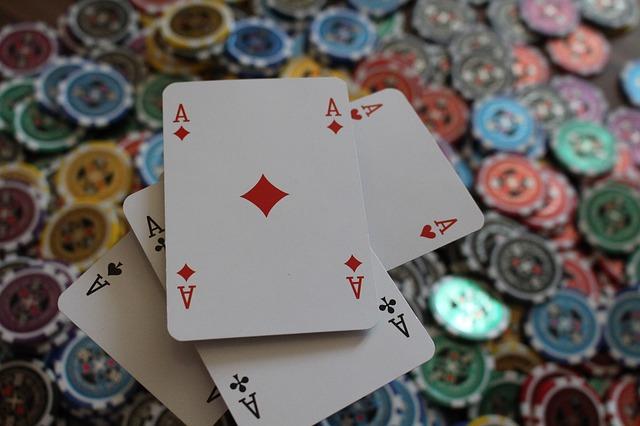
Two visits to Australia by the Chinese leader Li Keqiang illustrate the China sweet-and-sour.
The just-completed trip by Premier Li for the annual leaders’ summit was all about the sweet. Just the fact of the annual talks (won by Julia Gillard) offers oodles of honey: the meeting is the message.
Contrast all the sugar with the sour sharpness when Li Keqiang came to Canberra as Vice Premier in 2009. China had been punishing Oz, kicking and gouging at Prime Minister Kevin Rudd, not least for speaking truth to China in Mandarin.
The tough Australia–China joint statement produced by Li’s 2009 visit is a significant point in the evolution of the state-to-state relationship. I called that document a diplomatic ceasefire, offering my translation of the diplomatese. So clause one, on the ‘great potential and prospects’ of the relationship, was rendered by me as Canberra telling Beijing: ‘We heard you yelling at us. You’ve had your say, now please consider your enduring interests—and show some respect.’
The sweet-and-sour reality is that Australia already has plenty of experience of arguing with China. And the big bets Australia will make on China in this year’s Foreign Policy White Paper call for deeper and broader engagement, based on a continuing readiness to argue.
Australia’s first ambassador to China, Stephen FitzGerald, gives an excellent view of the stakes in his Gough Whitlam Oration: ‘We are living in a Chinese world. But we don’t have a relationship to match it’.
Whitlam’s diplomatic recognition of China in December 1972 envisaged a relationship comparable to those Australia has with Washington or London, Tokyo or Jakarta. Australia would seek with China ‘a comparable familiarity, in government and society, and comparable closeness, access, and trust, and potential to influence,’ FitzGerald says.
Achieving such a broad embrace without being crushed, as FitzGerald notes, requires Australia to know its interests, and be able to say ‘no’. Whitlam set out that ‘no’ side in his letter of instruction to his Beijing ambassador:
‘We … need to measure our actions carefully so that we do not give the Chinese the impression that we are careless of our own interests. They are themselves hard-headed realists, and it would be unnatural of them not to take advantage of us or hold us in contempt for apparent weakness.’
The message is clear but complicated. Australia has to be as tough when it says ‘yes’ as when it says ‘no’.
The equation gets ever more complicated as the security and economic stakes keep growing. The Foreign Policy White Paper will judge and juggle:
- the reality of the Asian Century, even if ‘Asian Century’ isn’t used; certainly the statement won’t stretch to FitzGerald’s Chinese world
- the US alliance
- Australian values and interests, and
- the rules-based international order.
Australia is no bystander. We’re part of this Chinese world and the dollars and cents offer a sense of magnitude. Consider this primer from David Uren:
‘Australia has not had such an intense trading relationship as it has with China since the early 1950s, before its historic dependence on Britain faded. China takes a third of our exports of goods while its students and tourists provide a quarter of our services income. China also provides more than a fifth of our imports. The two-way trade is worth about $150 billion a year, which is more than next-ranked US ($69bn) and Japan ($60bn) combined.’
Quantity, indeed, has a quality all of its own. The quantity China offers gives a special quality to the questions asked of the Oz polity.
The Foreign Policy White Paper will have to crib the viewpoint, but not the title, of Julia Gillard’s Asian Century White Paper (no Coalition document could ever bear Julia’s moniker). The Asian Century White Paper failed as policy prescription but works well as description and prediction. Asia’s rise is changing the world and the Asian Century has profound implications for Oz:
‘Asia’s extraordinary ascent has already changed the Australian economy, society and strategic environment. The scale and pace of the change still to come mean Australia is entering a truly transformative period in our history.’
While discarding Julia’s Asian Century title, the Coalition can easily do the Asia-future language.
The former Liberal Trade Minister, Andrew Robb, speaks constantly from the Asian Century vision, arguing that ‘China and India will inexorably return to sharing the global economic and political centre of gravity.’ The shift in Oz understanding and actions is just beginning. Here’s Robb on the challenge of the vision: ‘Despite two million Australians speaking an Asian language in the home, our cultural awareness is meagre, our Asian language skills are still largely non-existent and our investment levels in the region embarrassing.’
In dealing with Xi Jinping, Australia engages the despot who went to Davos. Australia can say ‘yes’ to Xi’s Davos endorsement of inclusive, invigorated, economic globalisation. That is, we can embrace the words, while not submitting to the crush of the regime. It’s tough work, but that’s what a smart polity is for.
Part of the answer must be Peter Drysdale’s model for a grand bargain between Australia and China, enshrined in treaty and modelled on Australia’s Basic Treaty of Friendship and Cooperation with Japan. As the Australia–China Joint Economic Report outlines, get it in writing and argue out the detail. That isn’t Australia bending the knee to China. Rather it’s an Australia confident of its own values and institutions, as tough in saying ‘yes’ as in saying ‘no’.